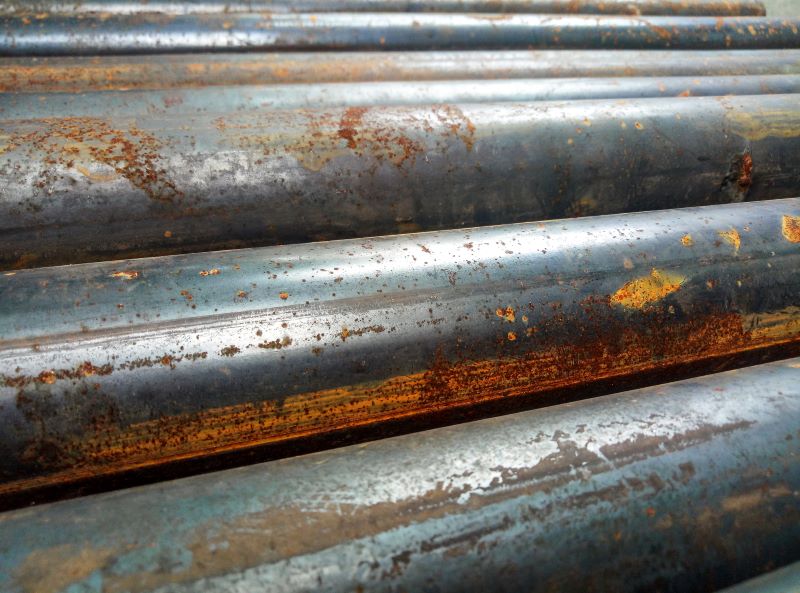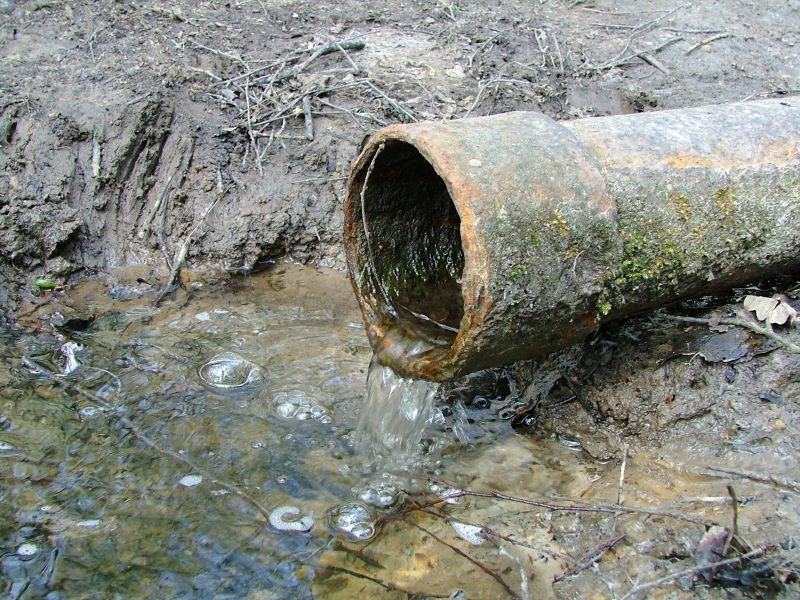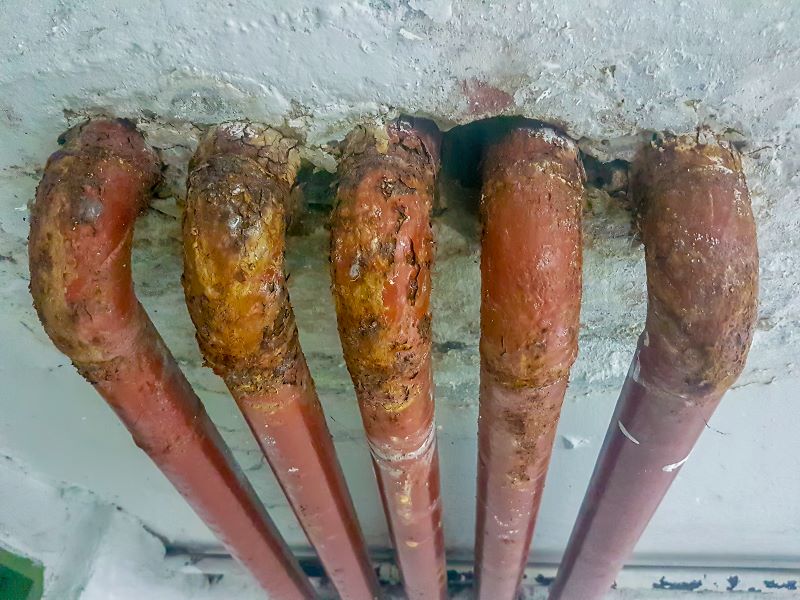Lead is a Continuing Issue for Drinking Water
Posted by Joel Pelina on Oct 14th 2022
The Flint, Michigan water crisis between 2014 and 2017 demonstrated the vulnerabilities and potential catastrophes inherent to municipal water systems. During this crisis, over 100,000 residents were exposed to lead-contaminated water, including 6,000-12,000 children, whose long-term lead exposure may lead to lifelong cognitive impairment. Despite the publicity this crisis brought toward public awareness of contamination and water infrastructure, even just five years later, lead remains a continuing issue for drinking water.
Toxic Levels of Lead Found in Chicago Water Supplies
Recent tap water tests in Chicago found that roughly 1 in 20 water supplies tested demonstrated lead contamination higher than federal standards. Because the majority of the 400,000 lead pipes in the city were not tested, concerns exist that lead contamination may be underreported and affecting a vast amount of people. Chicago’s water infrastructure is estimated to use lead plumbing in 80% of its homes. Given this figure, if the testing data results are broadened to the rest of the city, over 100,000 people may be impacted by toxic levels of lead in their drinking water. This issue may not be resolved in any timely manner considering that a lack of funding at the city, state, and federal levels have hampered any focused efforts to identify and replace lead pipes.

- While the EPA limit on lead in tap water is 15 ppb (parts per billion), some homes were tested with lead concentrations of 1,100 ppb – 73 times the limit.
- The American Academy of Pediatrics recommends a maximum allowable lead content of 1 ppb, particularly at school drinking fountains due to the susceptibility of children’s brains to lead contamination. At a maximum level of 1 ppb, 71% of Chicago’s water would not pass.
- Lead is so dangerous because it is an irreversible neurotoxin that can affect the nervous system and cognitive ability at even low levels of exposure.
Lead Contamination Isn’t Limited to Just Flint or Chicago
Since the news about the Flint water crisis emerged, high levels of lead have been found in municipal water supplies of many cities, including Baltimore, Detroit, Milwaukee, Newark, New York, Pittsburgh, and Washington D.C.
One analysis estimated that between 2018 and 2020, 56% of the nation’s population drank water with detectable levels of lead.
How Does Lead Get into Drinking Water?
Typically, lead enters water supplies when water pipes containing lead corrode, causing lead to dissolve or “leach” into the water that they are carrying.

- High acidity or low mineral content in the water can cause pipe corrosion.
- Other factors contributing toward pipe corrosion and cause lead contamination include water temperature, the age and wear of the pipes, the length of time water stays in the pipes, and the presence of any protective coatings inside the plumbing materials.
- Lead pipes, lead faucets, and lead fixtures are the leading contributors toward lead contamination in the water.
- Lead pipes are most common in homes and service lines built before 1986.
- Brass or chrome-plated brass faucets, pipes, and fixtures can also leach lead into water through the lead solder used as a material.
Children Are Especially Vulnerable to Lead Exposure
Young children, particularly toddlers, infants, and fetuses, are especially vulnerable due to their lower body mass, and therefore lower levels of lead exposure required to negatively impact them. This is further exacerbated by the fact that lead bioaccumulates – it remains in the body after exposure, causing often irrevocable damage.
Lead exposure in children is linked to:
- Learning disabilities
- Stunted growth
- Impaired hearing
- Impaired formation and function of blood cells
In rare cases, lead exposure in children can cause seizures, coma, and death.
Lead exposure in pregnant women is linked to:
- Reduced fetal growth
- Premature birth
How Does Lead Exposure Affect Adults?
Lead exposure in adults is linked to:
- Increased blood pressure and increased incidence of hypertension
- Impaired kidney function
- Reproductive issues

How to Protect Your Water from Lead Contamination
Replacing any old or lead-bearing pipes and plumbing fixtures may be a comprehensive method to protecting the water in your home from lead contamination, but it is both expensive and ineffective at protecting against lead contamination from municipal pipelines. Although some may suggest turning to bottled water as a solution for lead contamination, this falls short due to: 1. the inability to verify the safety of the bottled water source (as some bottled waters use municipal tap water), and 2: the unfeasibility of using bottled water for washing foods, preparing foods, and cooking foods.
One of the most effective ways at protecting your home and family against lead exposure is through the use of a Point-of-Use (POU) drinking water filtration system, such as those offered by Multipure. A drinking water filter that is NSF-certified under NSF 53 (Health Effects) for lead contamination is a powerful tool to protect the water you use for washing and preparing foods, for cooking, and for drinking.
References
- “Basic Information about Lead in Drinking Water.” EPA. Last updated May 25, 2022. https://www.epa.gov/ground-water-and-drinking-water/basic-information-about-lead-drinking-water
- “Lead in Drinking Water.” CDC. Last updated August 16, 2022. https://www.cdc.gov/nceh/lead/prevention/sources/water.htm
- McCormick, Erin, Aliya Uteuoava, and Taylor Moore. “Revealed: the ‘shocking’ levels of toxic lead in Chicago tap water.” The Guardian. September 21, 2022. https://www.theguardian.com/us-news/2022/sep/21/lead-contamination-chicago-tap-water-revealed
- Mulvihill, Keith. “Causes and Effects of Lead in Water.” NRDC. July 9, 2021. https://www.nrdc.org/stories/causes-and-effects-lead-water
- Ray, Michael. “Flint water crisis.” Encyclopaedia Britannica. September 20, 2022. https://www.britannica.com/topic/accident
- Swistock, Bryan, and Amy Galford. “Lead in Drinking Water.” PennState Extension. August 26, 2022. https://extension.psu.edu/lead-in-drinking-water

